Attracting Butterflies to Your Garden
By Laura Miller
If you are interested in attracting butterflies to your garden, there are some
things to keep in mind. Butterflies need several things to be enticed to stay in
an area. Like other animals, they require food, shelter, water, and a place to
raise their young.
Food: Most adult butterflies feed on nectar that they get from
flowers. Having flowers that are rich in nectar will attract butterflies to your
yard. Butterflies are attracted by a dense patch of plantings – after all, they
fly overhead, and it is easier for them to see a big patch of colorful flowers,
rather than scattered, isolated flowers. So plant your flowers in big groups.
Butterflies are particularly attracted by yellow, orange, and purple.
Shelter: Butterflies need trees to roost in for the night, to
seek shade in during the heat of the day, and to hang onto in case of a storm.
Water: Butterflies don't typically drink plain water, but they
are attracted by water with dissolved minerals and other nutrients in damp soil
and sand, often along stream and river banks and near puddles. They land on damp
surfaces and extend their proboscis to suck up the nutrient-laden water. So
leave some puddles when you water your garden.
Places to raise young: Here is the real key to attracting
butterflies to your yard. In addition to nectar plants, be sure to plant host
plants. Host plants are the plants on which the butterflies lay their eggs and
that the caterpillars then eat. Generally each butterfly species has one or a
few specific host plants that it uses. For instance, queen and monarch
butterflies will only lay eggs on milkweed plants and their caterpillars will
only eat milkweed plants; cloudless sulphur and sleepy orange butterflies will
only use senna plants; gulf fritillaries will only use passion vine. If you
plant host plants the butterflies are very likely to find them, and they will
STAY around, since they have their host plants available for egg laying.
Butterflies, like most insects, are most active when it is warm, so we don't see
very many during the cold months. In fact, September and October are usually the
best months for butterflies in the Phoenix area, although queens, fiery
skippers, and gulf fritillaries are often around most of the summer.

A WORD ABOUT INSECTICIDES
Remember that butterflies and caterpillars are insects. Insecticides will kill
butterflies and caterpillars. Avoid using insecticides in your garden.
Please note that many plant distributors spray their plants so they will look
nice on display. Tell the nursery staff that you are buying plants for a
butterfly garden and that you want to be sure the host plants haven’t been
sprayed. Give your plants a good shower with the hose when you plant to rinse
off any topical insecticide. Some insecticides are systemic, meaning they the
poison is in the plant. It can take a long time for this kind of insecticide to
work its way out of the plant.
Here is a list of plants that I have found work well
in a butterfly garden in the Phoenix area.
Host plants and the butterflies that will lay eggs on them:
For the sunny part of your yard:
desert milkweed – queens (and in the fall, you may be visited by a monarch that
is on its fall migration.)
desert senna – cloudless sulphurs and sleepy orange sulphurs citrus – giant
swallowtails desert hackberry – snouts and empress leilias grass – fiery skipper
baja fairy duster – marine blue sacred datura – hawkmoth (a large night-flying
moth)
For the shady part of your yard:
passion vine – gulf fritillaries dill, parsley, fennel, carrots – black
swallowtails narrow-leaf milkweed – queens and monarchs pipevine – pipevine
swallowtails
For a flowerbed:
bloodflower milkweed – queens and monarchs hollyhocks – painted ladies and west
coast ladies black dalea – southern dogface
Desert Senna
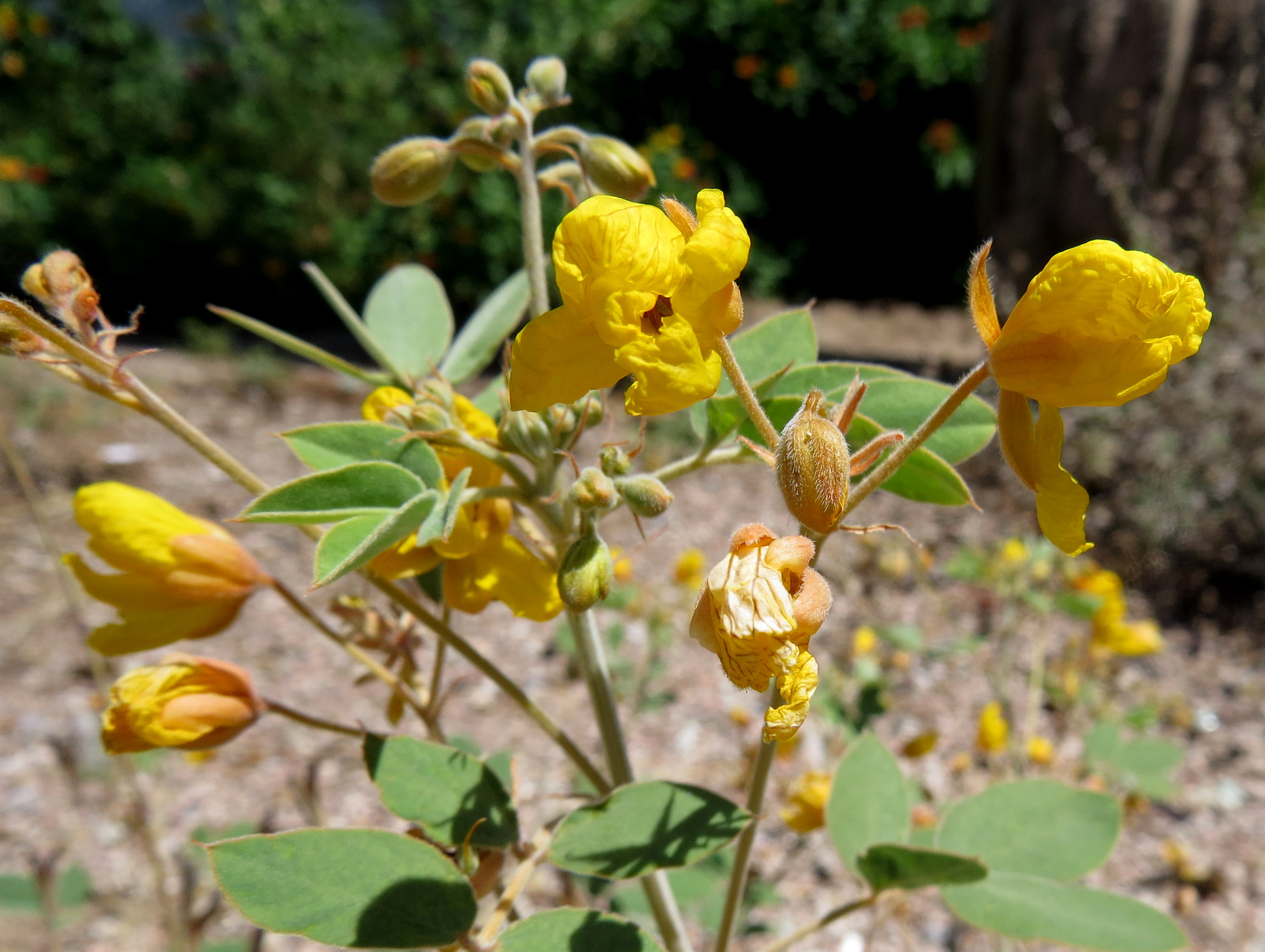
Passion Vine – Gulf Fritillary
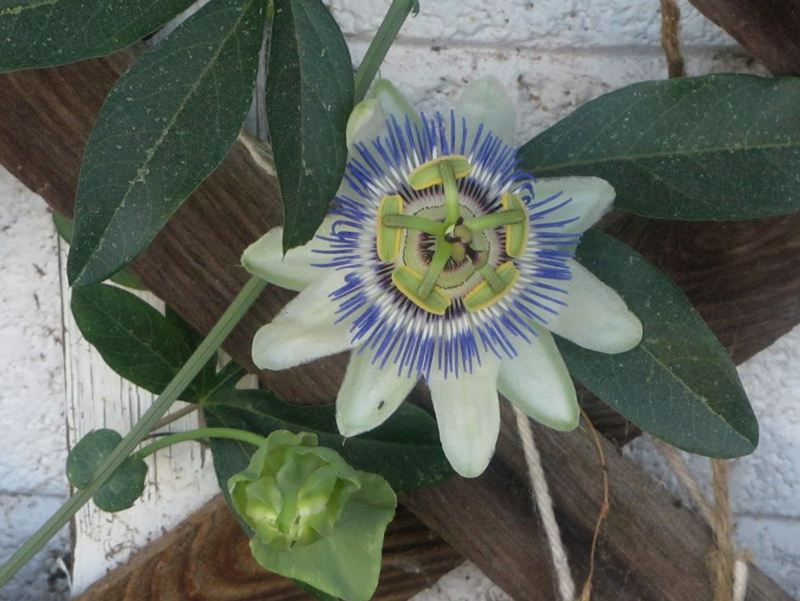
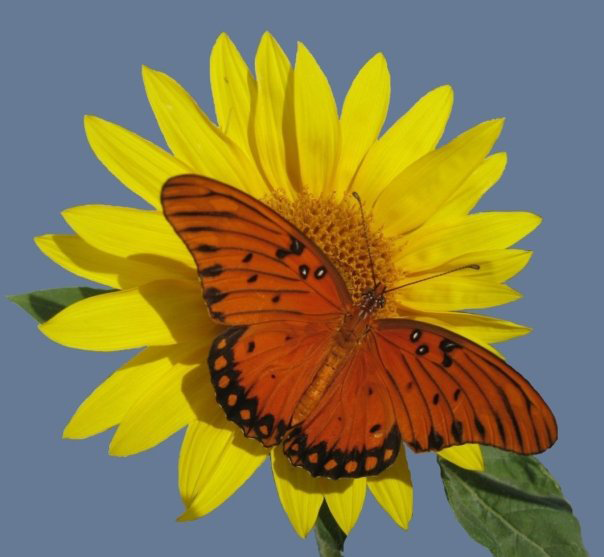
Dill, Parsley, Fennel, Rue – Black Swallowtail
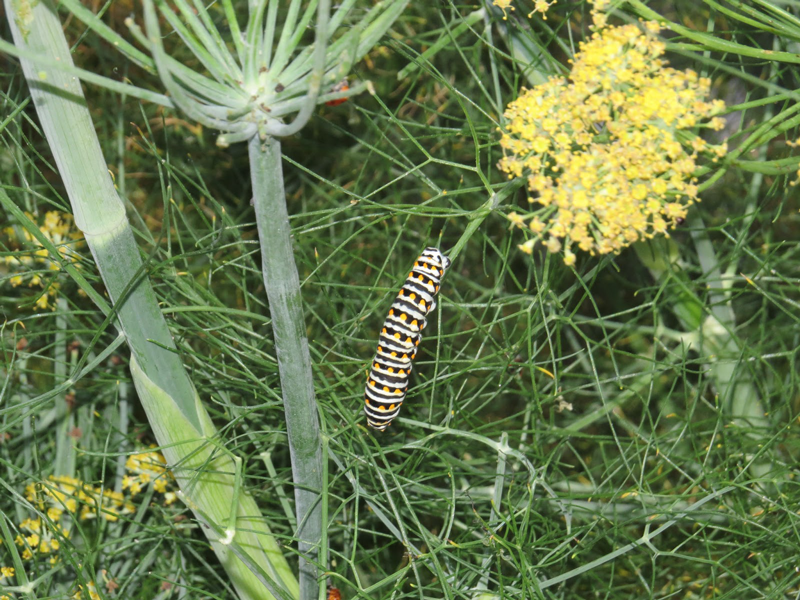
Citrus Trees – Giant Swallowtail
Desert Hackberry –
American Snout and Empress Leilia
Bermuda Grass – Fiery Skipper
Hollyhocks, Hibiscus (Mallow family) – West coast
ladies, Painted Lady, Gray Hairstreak
Baja Fairy Duster – Marine Blue
Pipevines – Pipevine Swallowtail
Mallows – Common Checkered-Skipper, Erichson’s
White-Skipper
Nectar plants:
For the sunny part of your yard:
desert ageratum wolfberry (exsertum or freemontii) (this can get very big)
desert lavender bee brush wooly butterfly bush red bird of paradise
For a flowerbed:
tree tithonia sunflowers zinnias lantana (red, orange, pink) sky flower (aka
duranta) catnip (they hide in the shade and nectar on the flowers) baja fairy
duster (also a host plant)
Desert Ageratum

Wolfberry (exsertum or freemontii) (this can get very
big)
Desert Lavender
Tree Tithonia
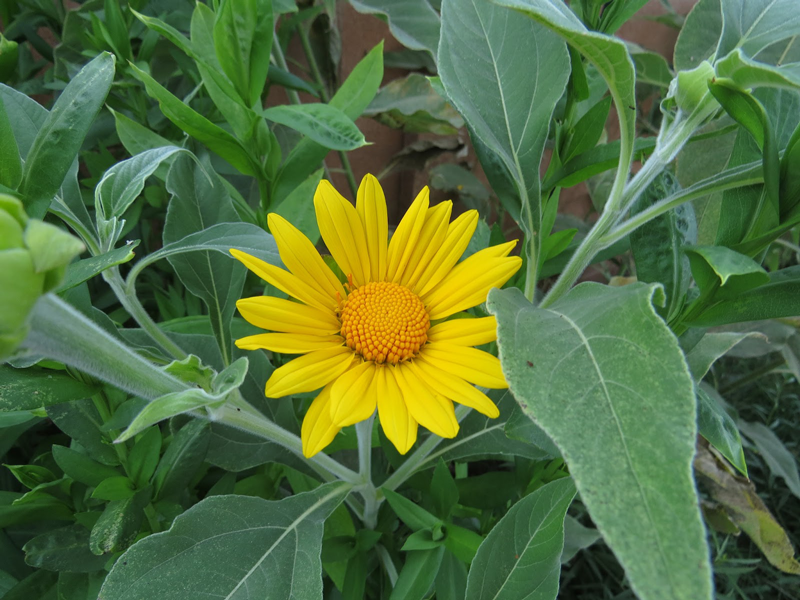
Sunflowers
Bee Brush
Wooly Butterfly Bush
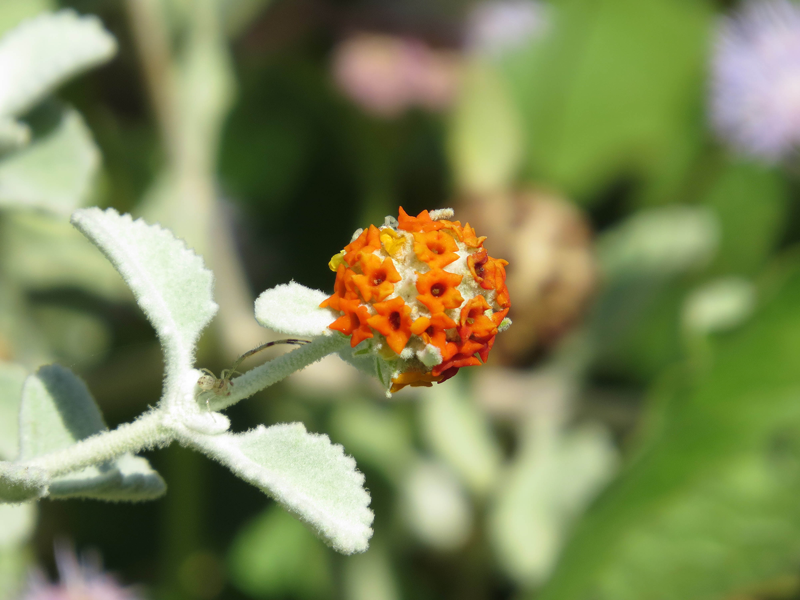
Red Bird of Paradise
Black Dalea
Zinnias Lantana (red, orange, pink)
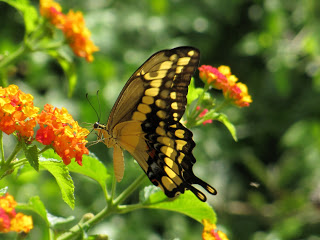
Sky Flower (aka Duranta)
Queen's Wreath (a vine)
Catnip (they hide in the shade and nectar on the
flowers)
Baja Fairy Duster (also a host plant)
Remember that you don't need to have everything in your own yard. Butterflies
will use trees and nectar plants that are in your neighbors' yards as well. For
instance, if your neighbors have citrus trees, you will enjoy the giant
swallowtails they attract. So take into account what is around nearby as well.
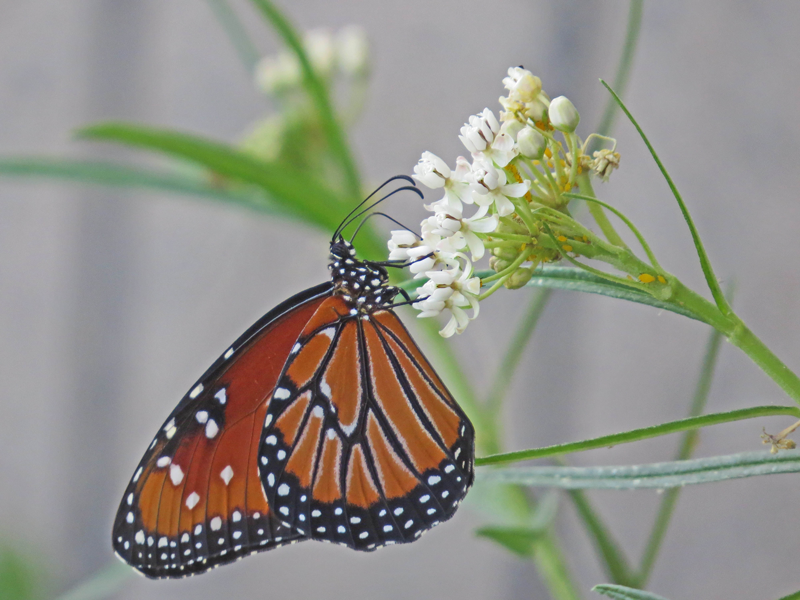
Many of these plants can be found at Boyce Thompson Arboretum, Desert Botanical
Garden fall and spring plant sales, Treeland in Chandler, Shady Way Gardens in
Apache Junction, and Desert Survivors Nursery (native plants) in Tucson.
Native plant seeds are free at the Native Seed Library
If you have any gardening questions, please email me,
Laura Miller, at
LMMinAZ@hotmail.com